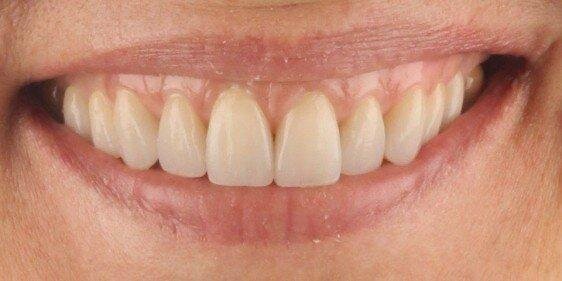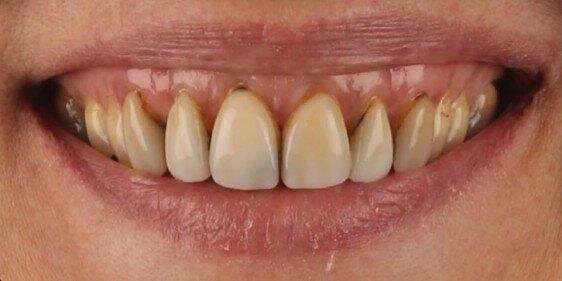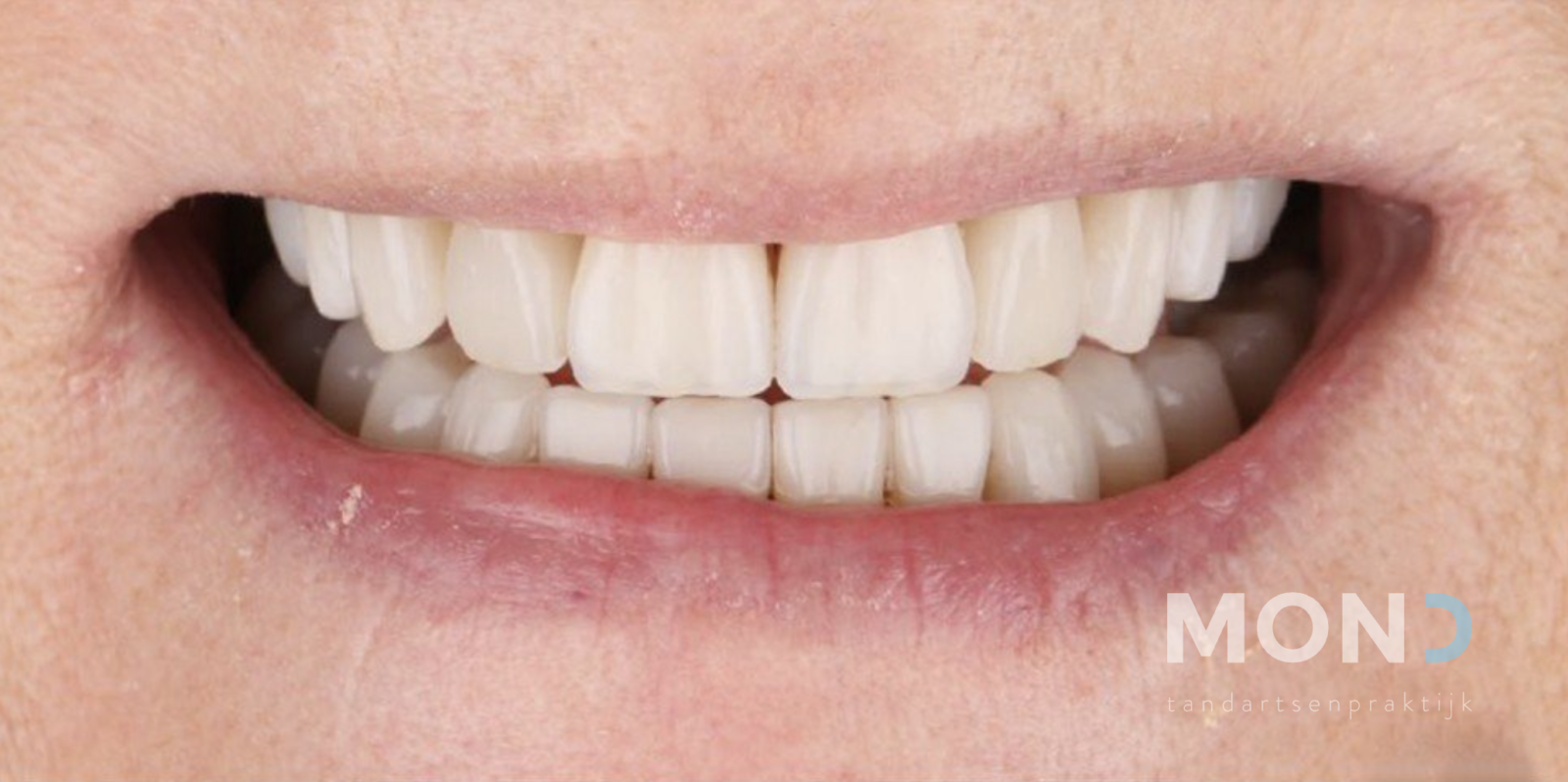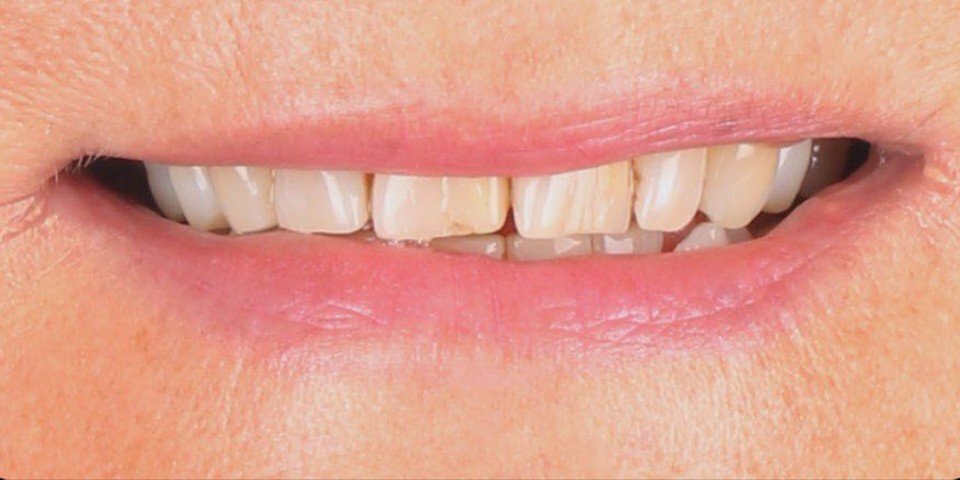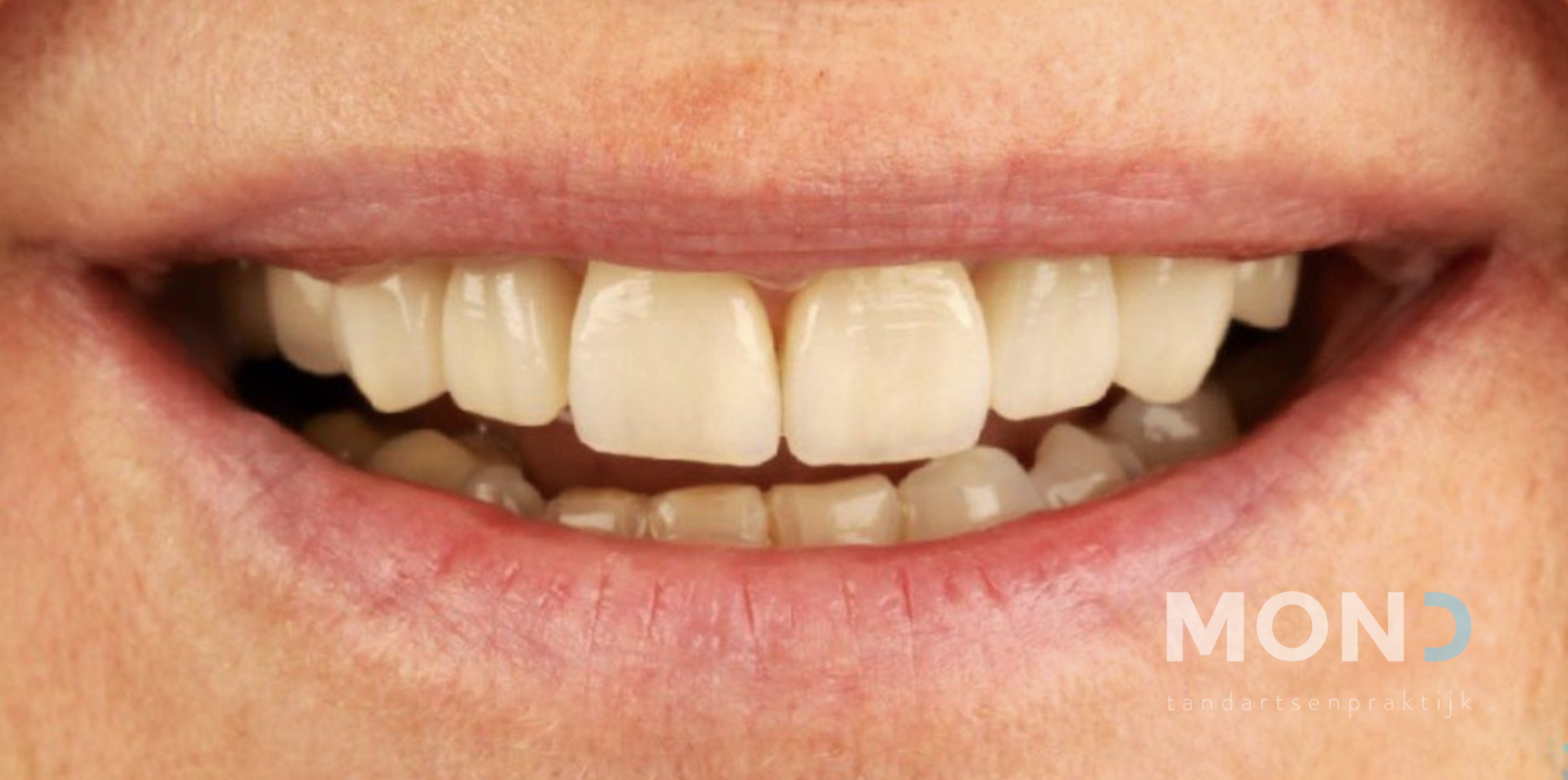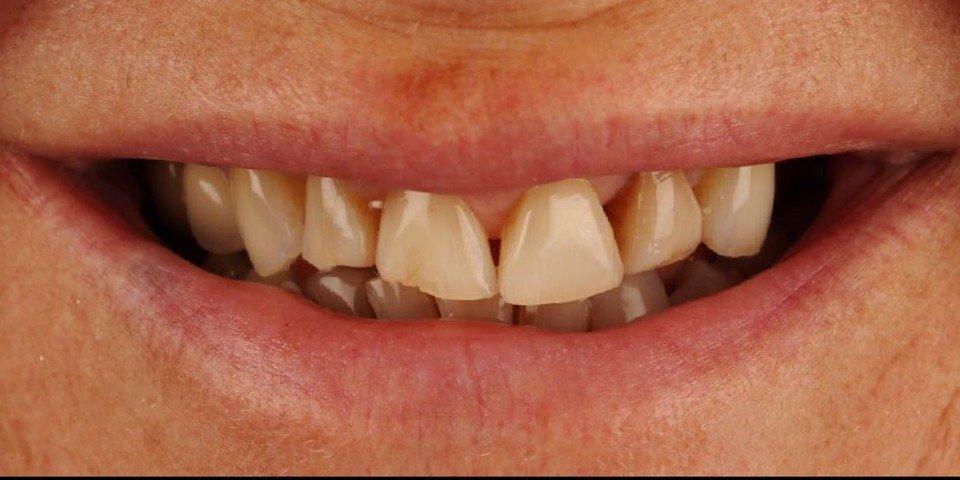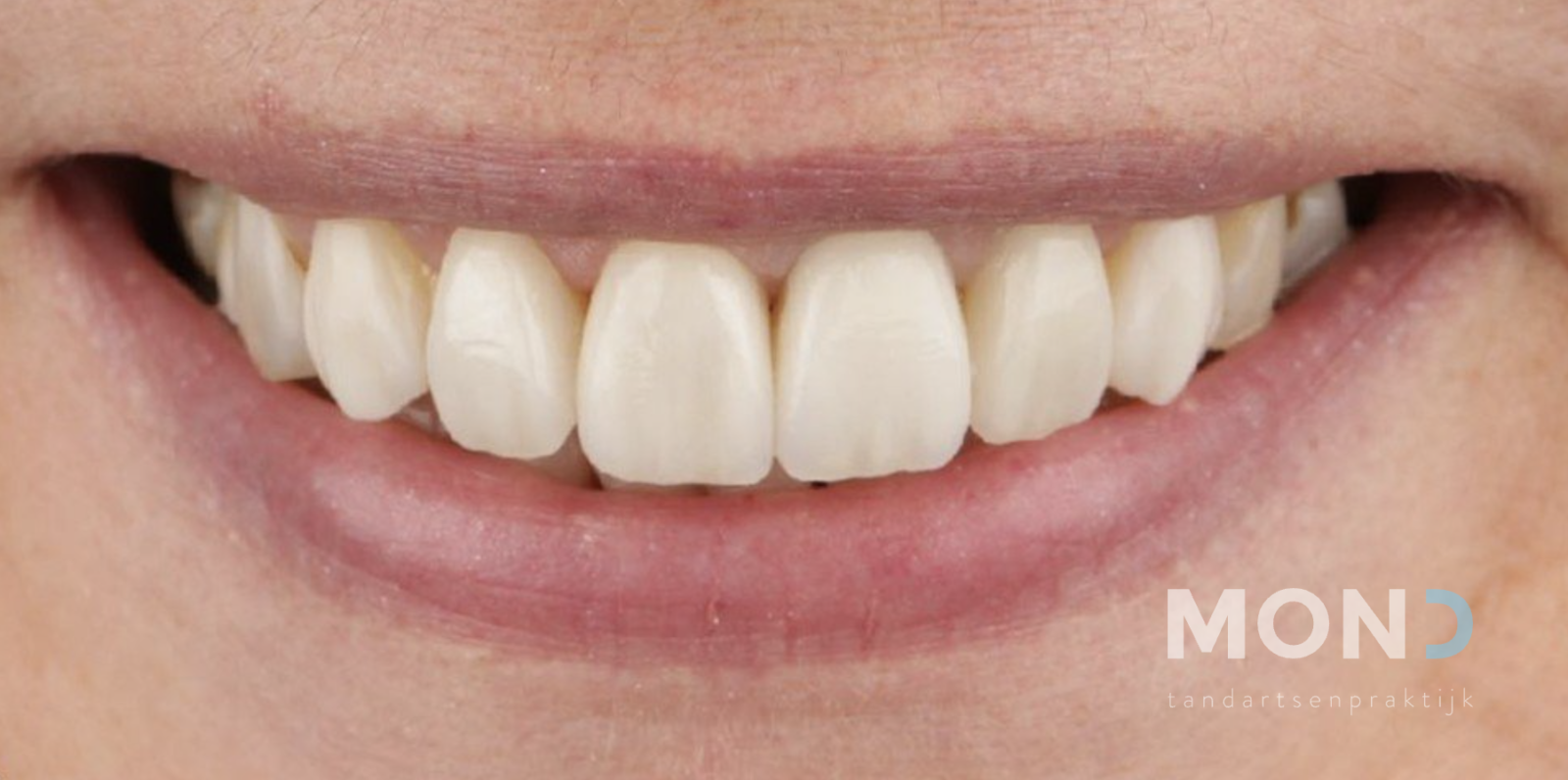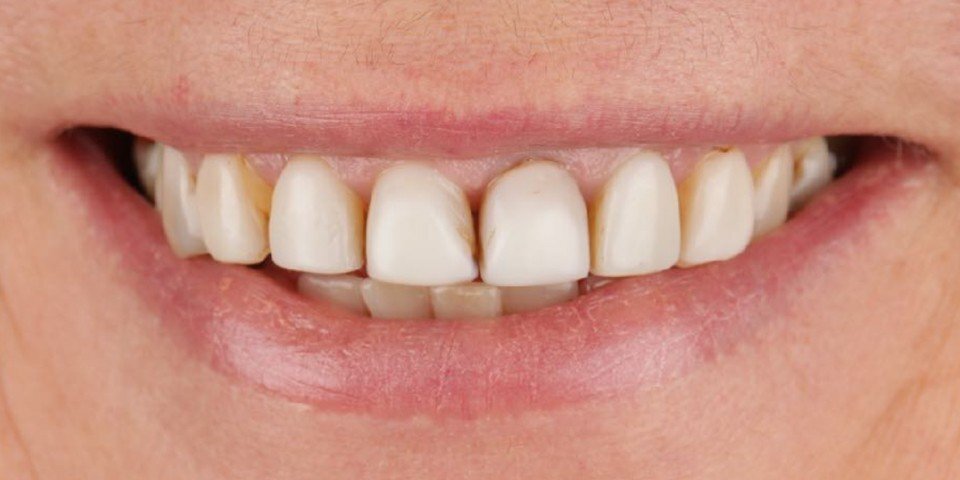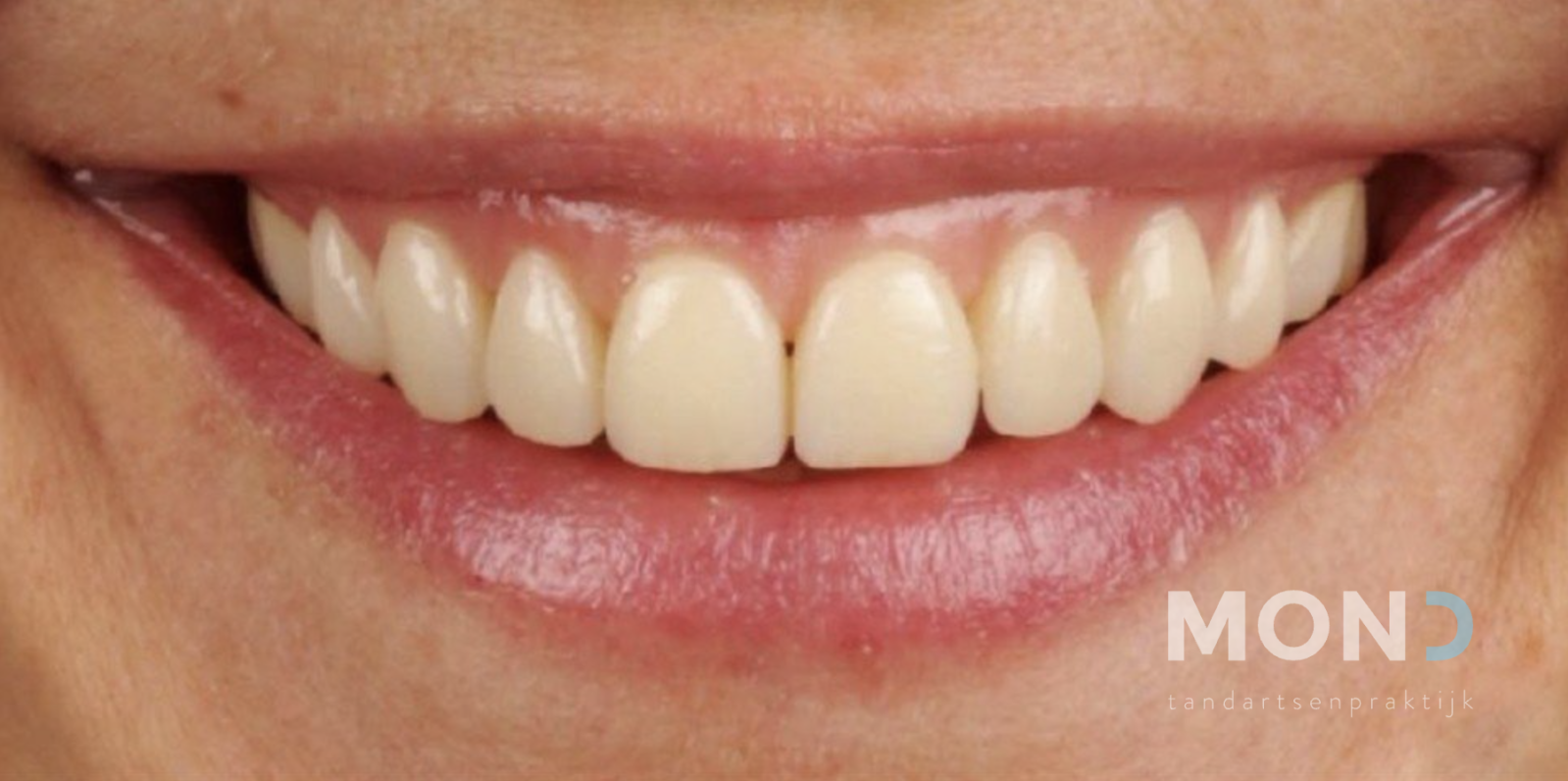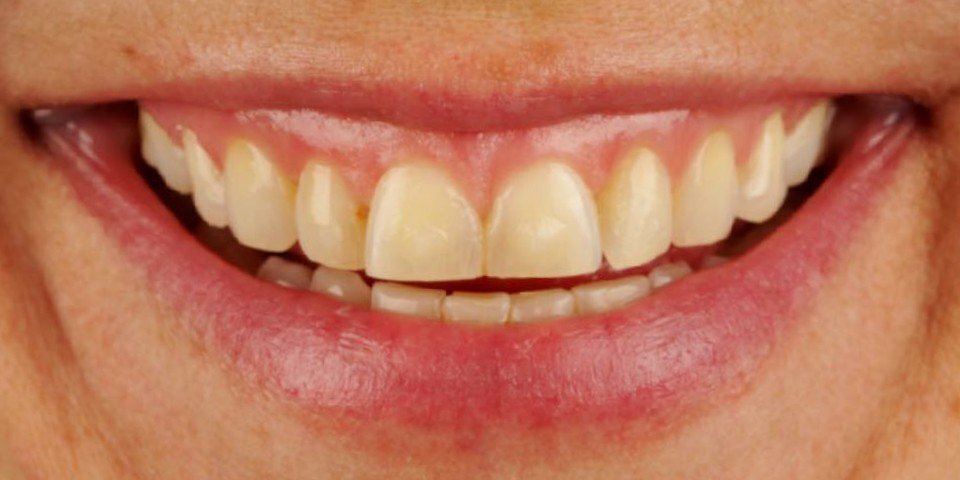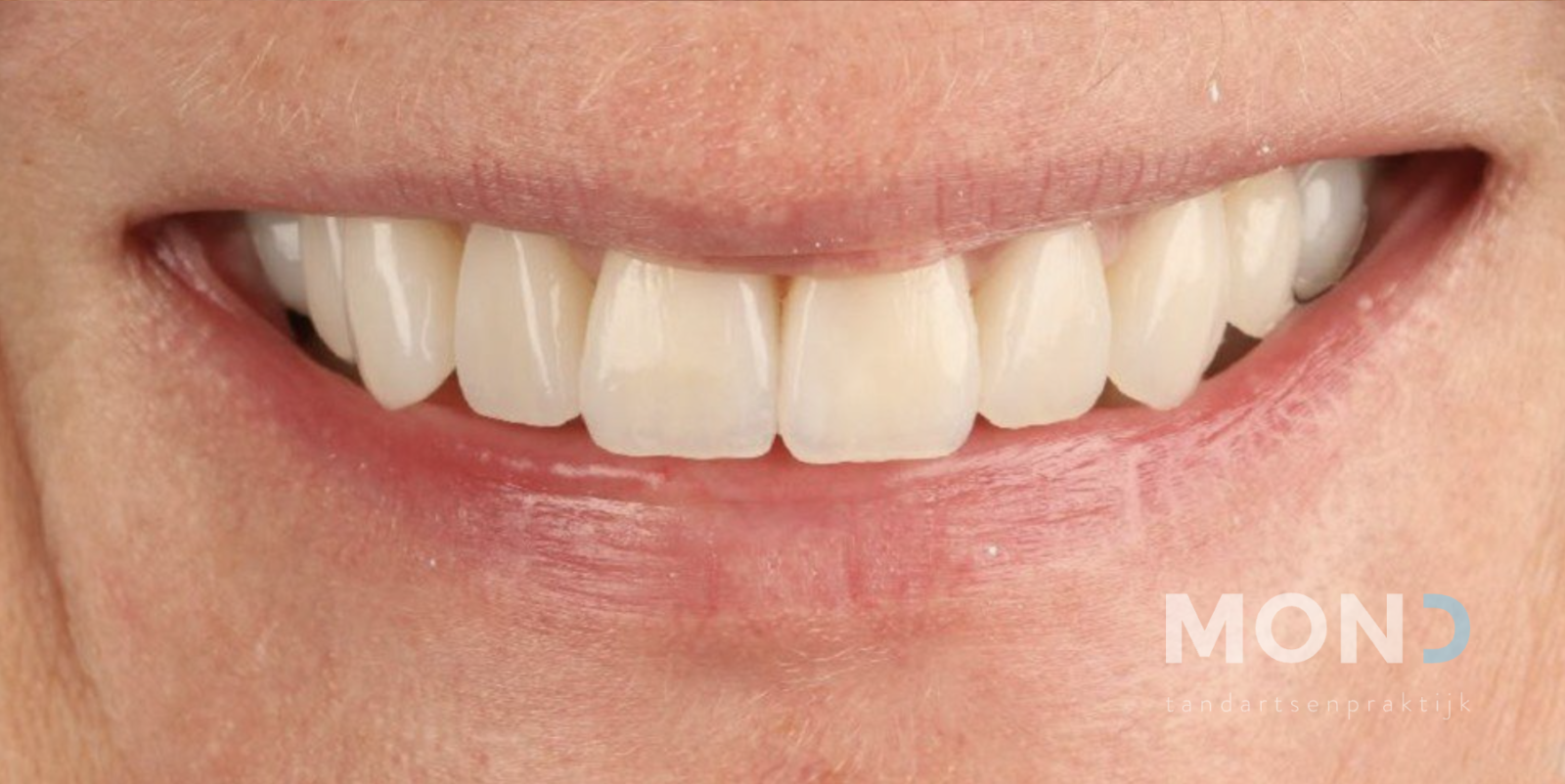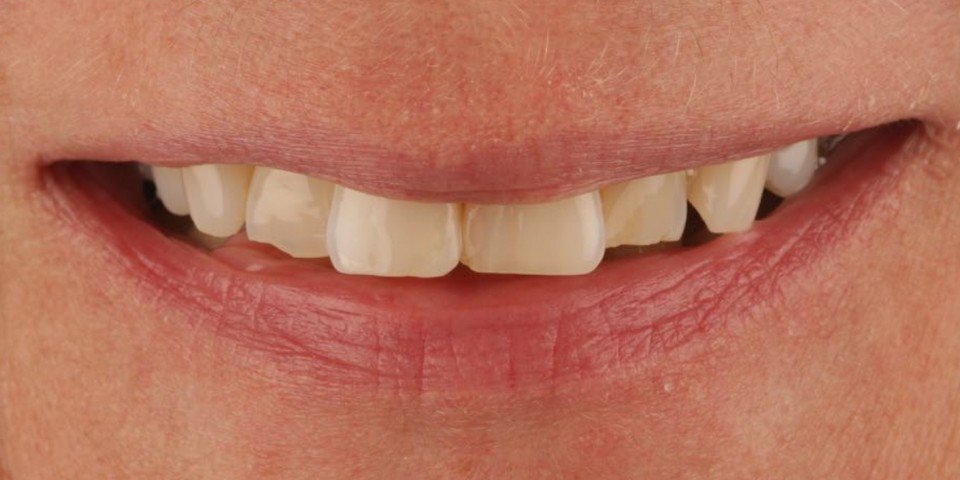Veneers
Veneers are also known as facings, shells or laminates. They are an important part of cosmetic dentistry.
What are veneers?
Veneers, which are also known as facings, shells or laminates, are an important part of cosmetic dentistry. These dental applications encompass two significant categories of treatment, both of which aim to transform your smile and restore both the aesthetic and functional aspects of your teeth.
Veneers are extremely thin, custom-made shells usually made from durable materials such as porcelain or composite. They are carefully attached to the front of your teeth with the aim of correcting various dental imperfections. These imperfections can range from discolouration and cracks to irregular shapes and even slight misalignment of teeth. Veneers function as a type of visually aesthetic shell, which is placed over the existing teeth; the result is an immediate and lasting improvement of the smile.
Moreover, they not only provide aesthetic benefits, but also strengthen the structural integrity of the teeth being treated. This makes them a versatile solution for those people who are looking for both a beautiful and also long-lasting dental enhancement.
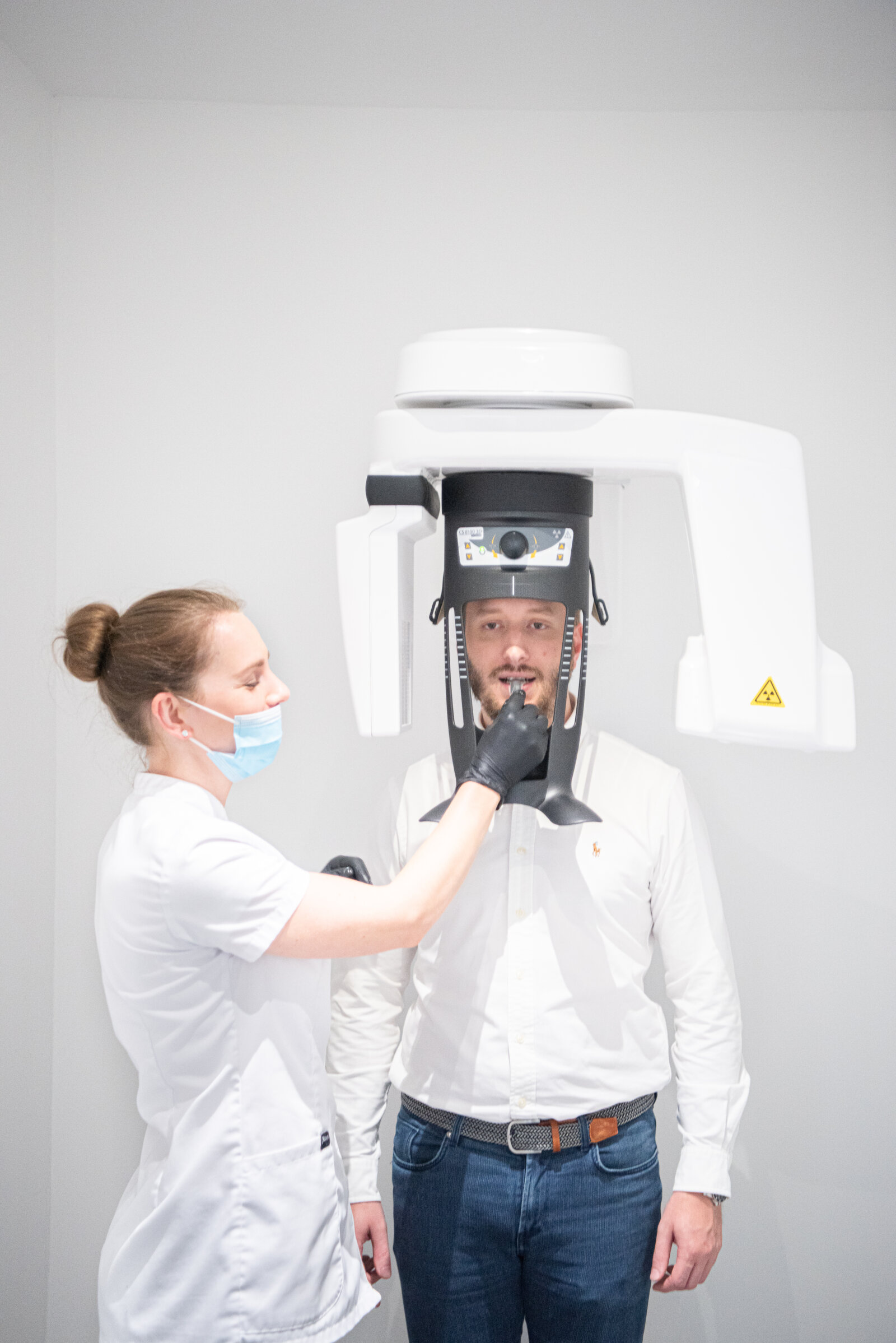
Composite
Corrections to the colour and shape of the teeth are, in practice, almost always done using composite material. This plastic filler material is applied in layers over the teeth (with or without slight corrections being made to the position of the teeth) and then cured using a polymerisation lamp. Afterwards, a large amount of time is spent on shaping and polishing it to achieve a high gloss.
These treatments are only carried out by a dentist and happen directly in the patient’s mouth. In this way, the outcome is largely dependent upon the skills and experience of each dentist. Colour correction is done in consultation with the patient and can be performed from very white (bleached colour), to a more natural, warm, yellow-white colour.
The advantages of this type of treatment compared to porcelain veneers are the speed (1 or 2 treatments) and lower costs. The disadvantages, however, are colour stability and strength. Composite veneers lose their shine more quickly and will show discolouration faster than porcelain veneers. This is why we often recommend replacing composite veneers after 5 to 10 years, depending on how the patient feels about how they look. Good daily oral hygiene is the greatest guarantee of successful permanent results with these procedures.
Porcelain
Porcelain veneers or facings are made in consultation with the patient and a dental technician. During this process, the dentist determines the design of the new smile in consultation with the patient and simulates it in their mouth. Once the patient agrees, all of the information – which is based on photos and a videos – is sent to the dental technician. After any preliminary treatments such as gum correction or bleaching, treatment is usually performed over 2 sessions.
- During the initial treatment, the teeth are lightly ground where necessary for corrective purposes and to create space in which the dental technician works (0.3 to 1mm), in accordance with the desired colour and to prevent the veneers from looking too thick or convex. Older patients often experience a loss of enamel and so veneers can be started with minimal modifications. However, when the teeth are not properly positioned or the intended colour difference is vast, more space needs to be created to obtain a natural result.
Once these corrections have been made, the teeth are printed or scanned before being delivered to a dental technician who can then start work on creating the porcelain veneers. The patient is given some ‘temporary veneers’ in plastic after the treatment to make sure that their teeth remain protected and so that they can gain an idea of the final result. However, these temporary veneers are quite fragile: during this period, the patient should therefore avoid hard things when chewing and should bite off things with their front teeth. If the patient still has comments about how they look, they can return to the practice (or lab) again to discuss the look of the final veneers.
MOND only works with top dental technicians from Lab at MOND and others who provide handcrafted custom work to ensure the best end results. After 1 to 2 weeks, these veneers are ready and inspected by the dentist before being fitted to the patient.
- During this 2nd treatment, the temporary veneers are removed and the final veneers are fitted, after which the patient approves them for placement. Once the patient has agreed, the veneers are placed with due care and precision, under the most hygienic conditions, to ensure they are perfectly integrated with the surrounding gums and there is minimal chance of discolouration from saliva or blood contamination. 1 week later, the patient returns to the practice for one last inspection of the bite and fit, after which final photographs of the result are taken.
Treatments with porcelain veneers can be very difficult, but if done correctly they give wonderful results that can be a long-term solution – as long as the patient ensures they practise good oral hygiene each day. Scientific research notes veneer survival rates of 90% after 10 years in patients who do not grind their teeth. If any grinding or clenching is suspected, we would make an additional protective brace to be worn at night.
Recover you smile
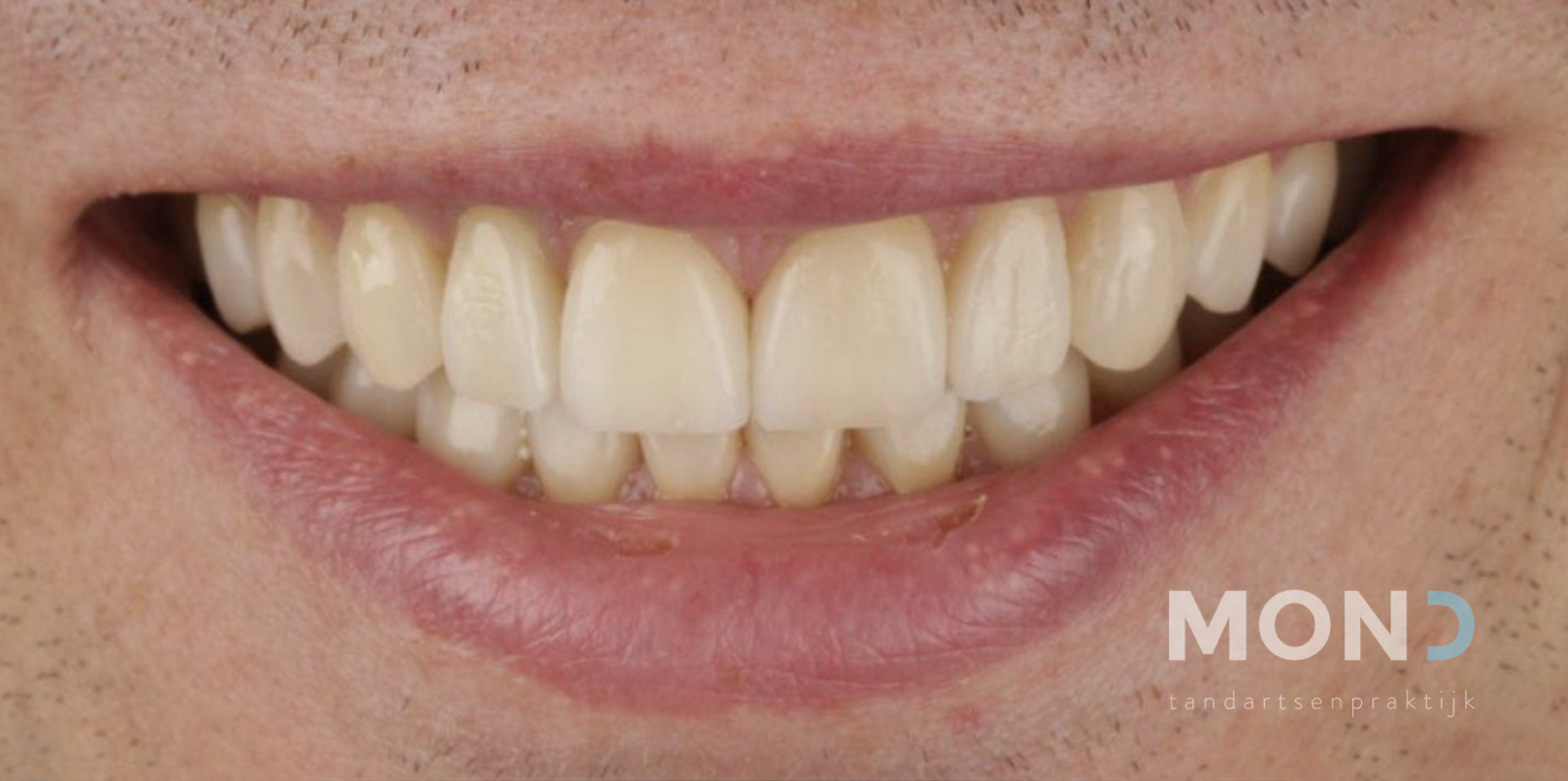
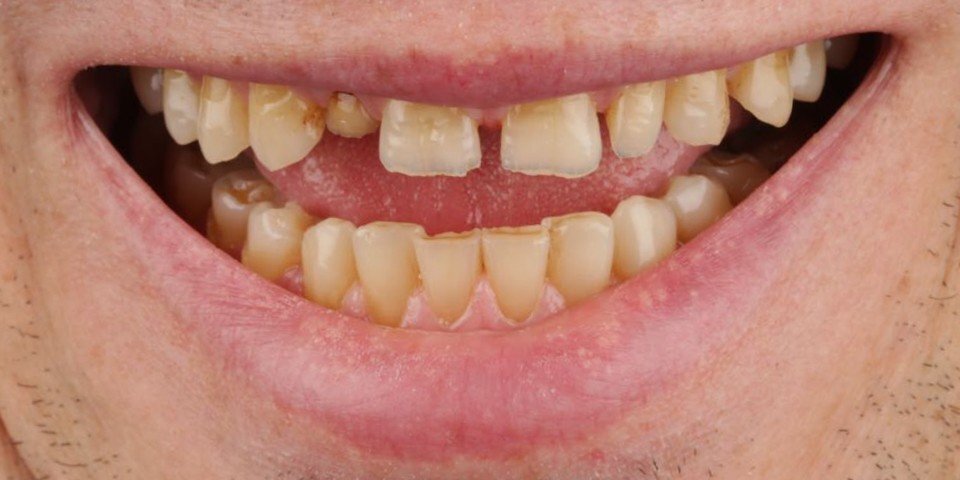
Crowns for restoration of chewing function
Discover this smile | Crowns for restoration of chewing function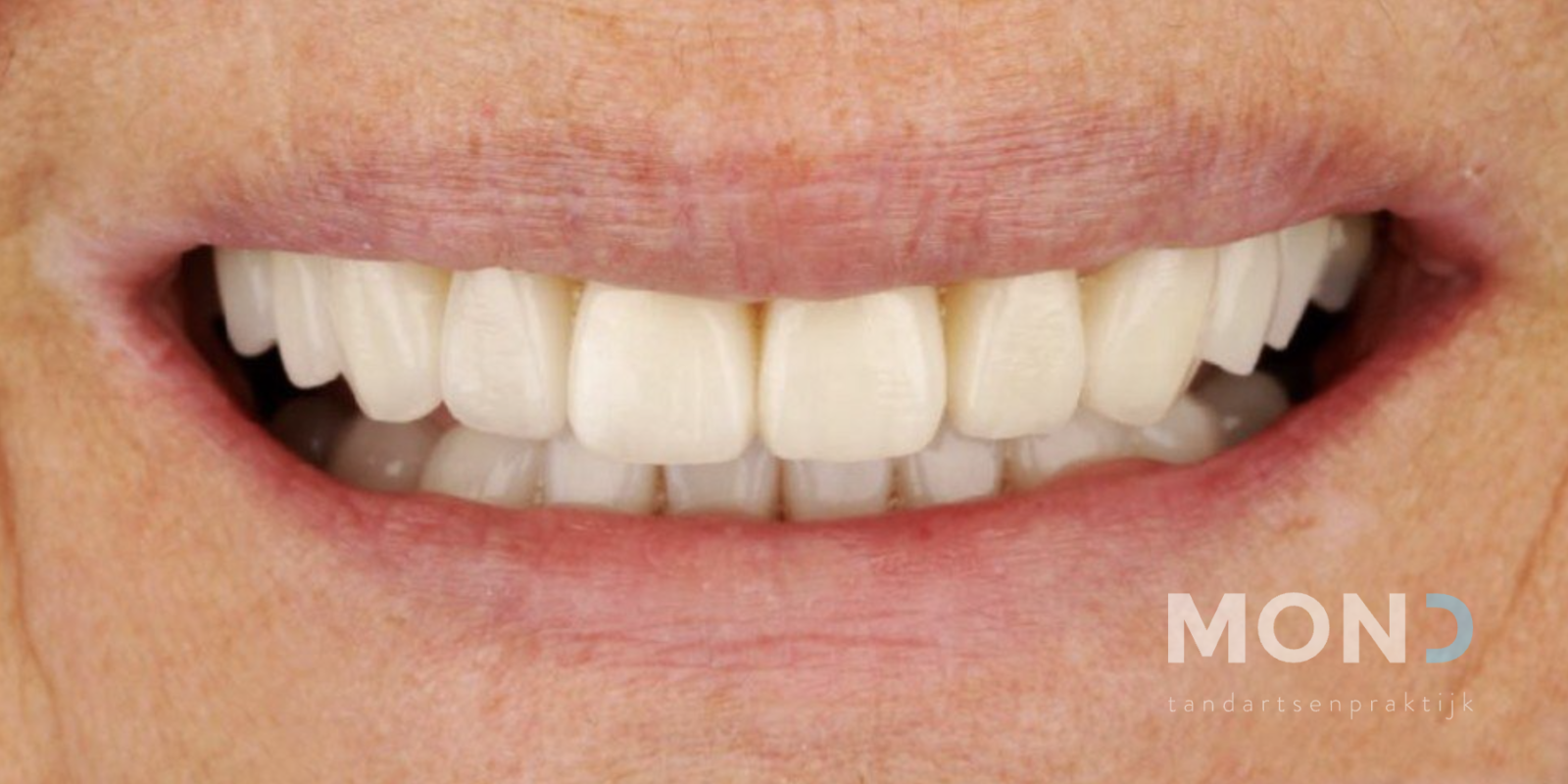
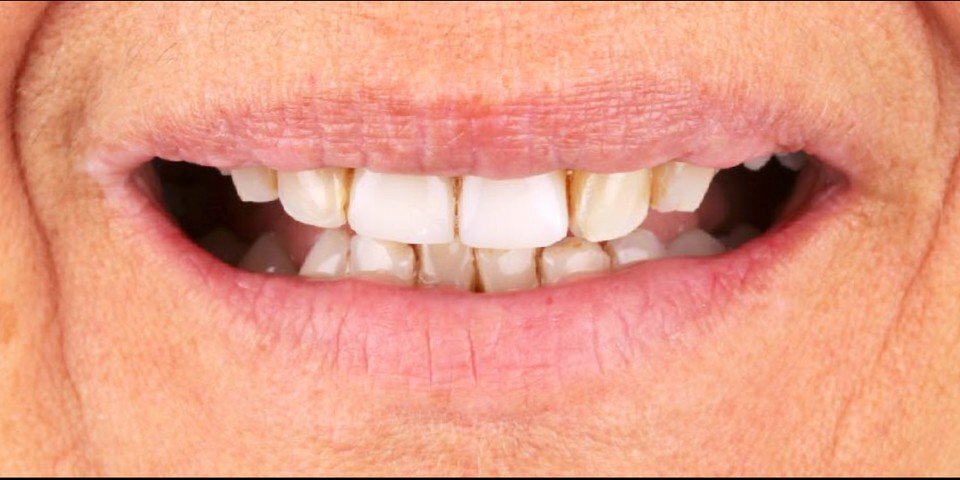
Better lip support thanks to new veneers
Discover this smile | Better lip support thanks to new veneers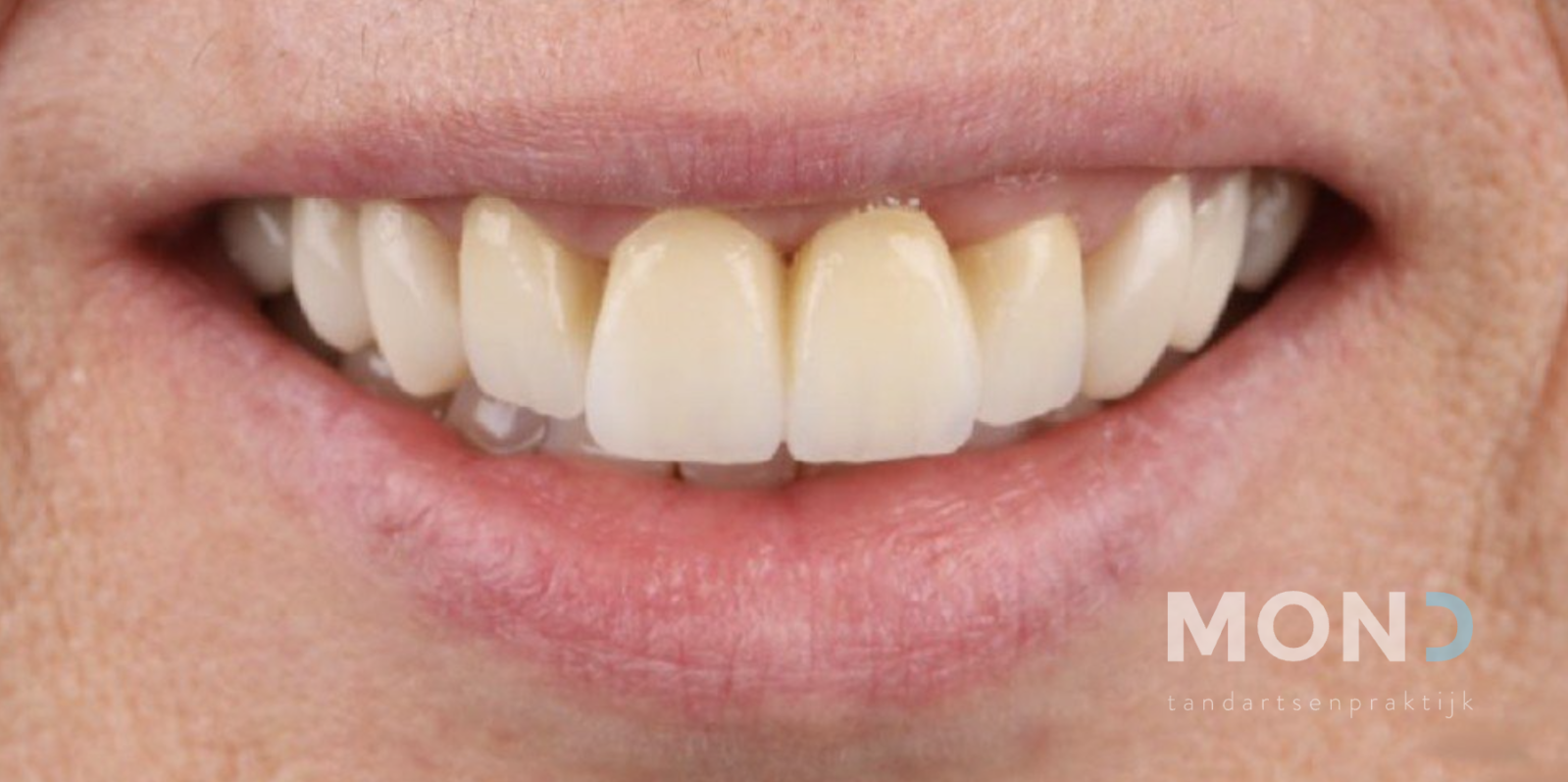
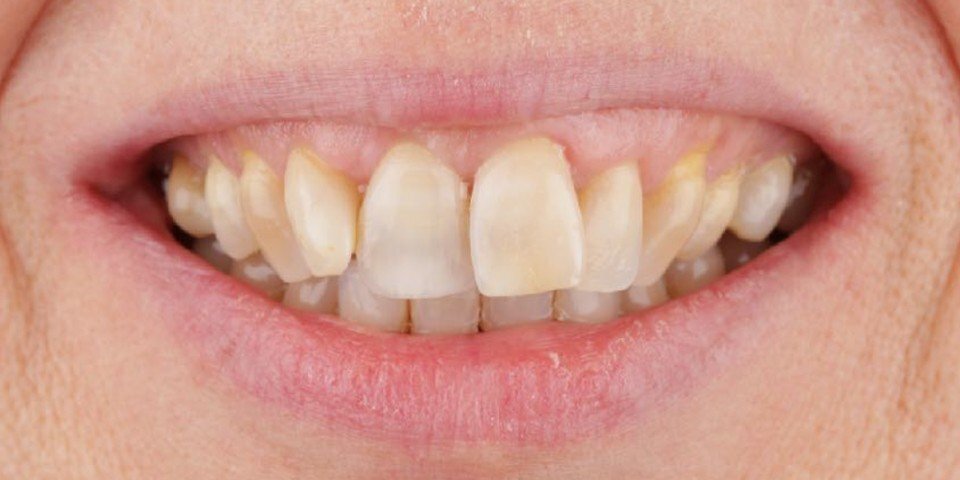
Bridge work, bleaching and veneers to correct tooth position and smile
Discover this smile | Bridge work, bleaching and veneers to correct tooth position and smile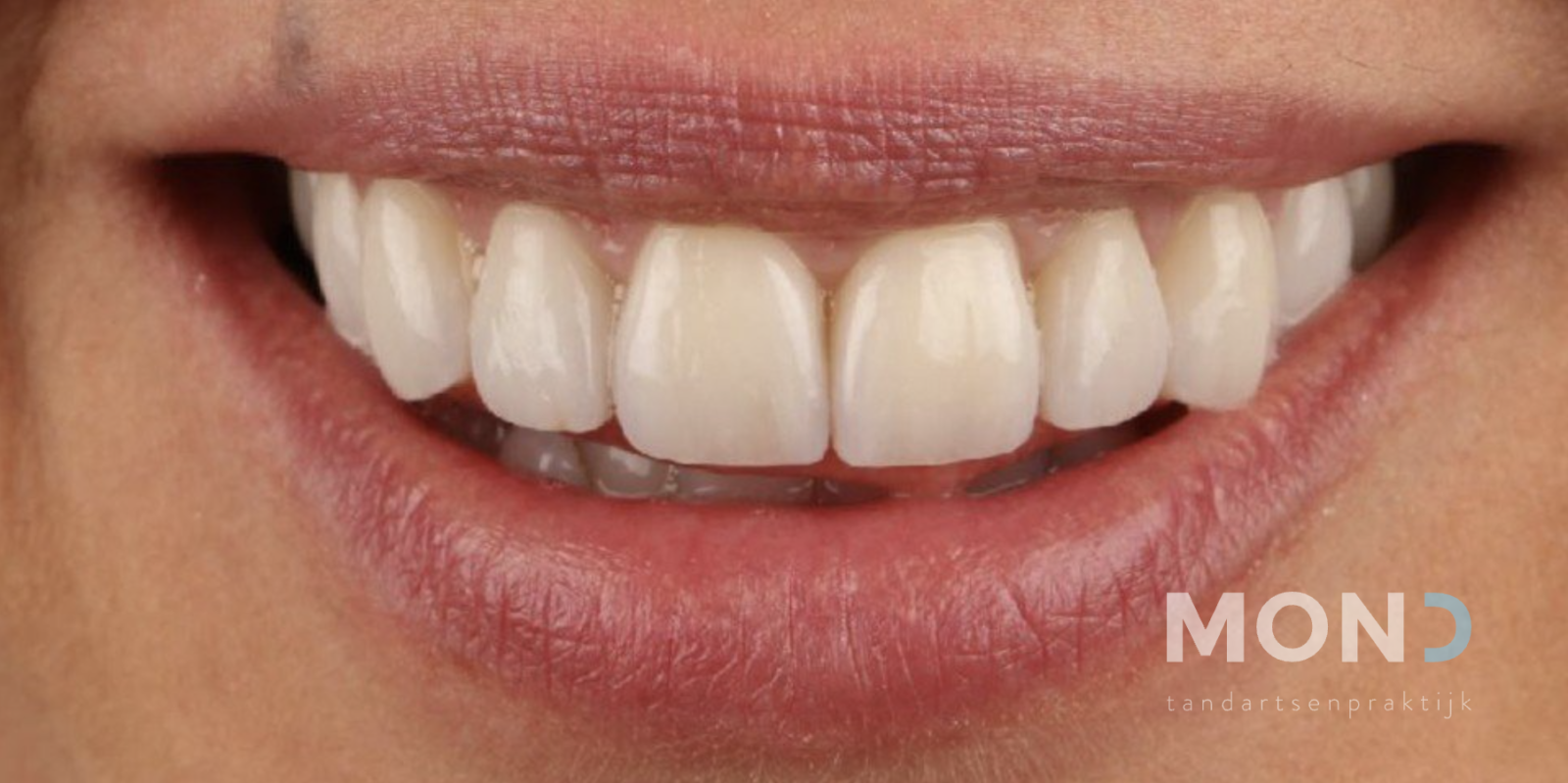
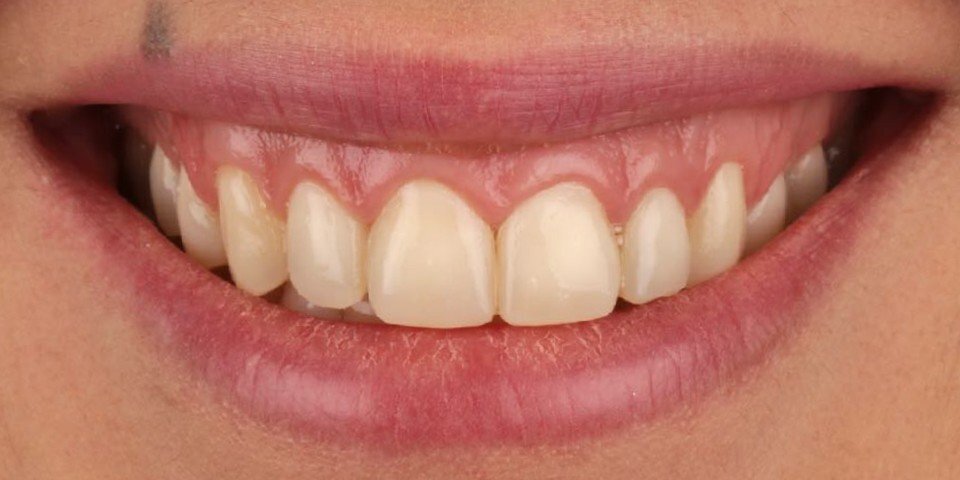
Replacing old composite veneers with porcelain
Discover this smile | Replacing old composite veneers with porcelain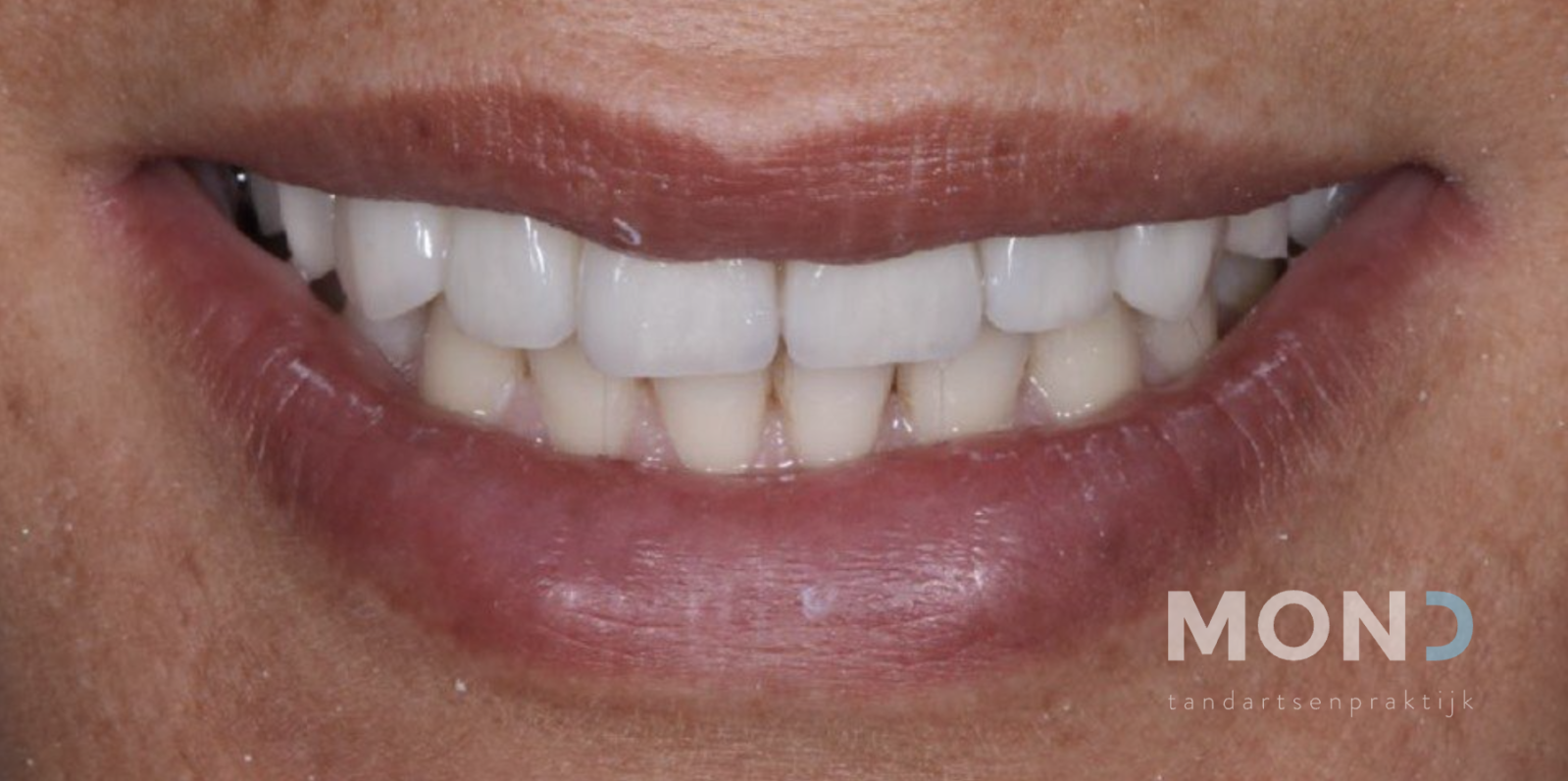
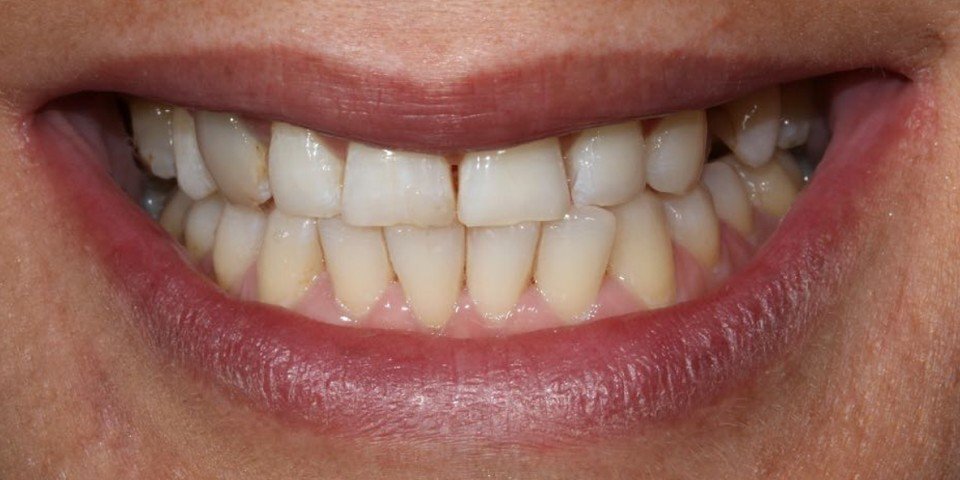
Bite correction and repair of wear with orthodontics and veneers
Discover this smile | Bite correction and repair of wear with orthodontics and veneersIs a veneers something you’re interested in?
Check out the practices that offer veneers below:
MOND Groen Kwartier
Pater Pirestraat 50,
2018 Antwerpen
MOND Paro Plus
Louis Marcelisstraat 25a,
1970 Wezembeek-Oppem

